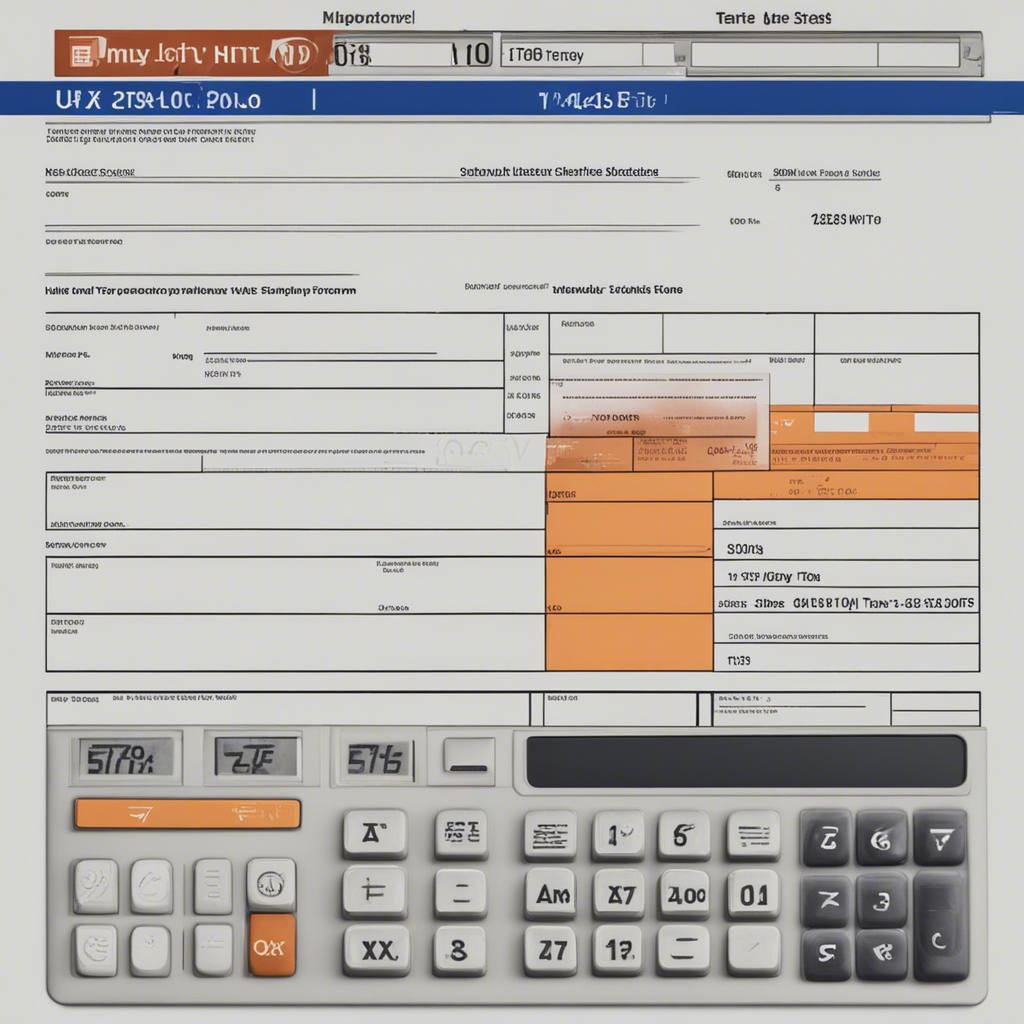
Emergency Fund: Why You Need One and How to Build It
Introduction
In these uncertain times, having a robust emergency fund has become more essential than ever before. Whether you’re facing unexpected medical bills, a sudden job loss, or an unforeseen repair, having a financial safety net can provide you with peace of mind and the ability to weather any storm that comes your way.
In this comprehensive guide, we will explore the importance of having an emergency fund and provide you with practical steps on how to build one. Whether you’re just starting your financial journey or looking to bolster your existing savings, this blog post will be your ultimate resource.
The Importance of an Emergency Fund
1. Financial Security
An emergency fund serves as a financial safety net that provides stability during times of crisis. It acts as a buffer between you and unexpected expenses, allowing you to maintain your standard of living without resorting to high-interest loans or credit card debt. With a well-funded emergency fund, you won’t have to worry about falling into a financial abyss when faced with an unexpected emergency.
2. Stress Reduction
Financial stress can take a toll on your mental and physical well-being. Knowing that you have a safety net in place can alleviate anxiety and allow you to focus on more important aspects of your life. An emergency fund can provide you with the confidence to handle any financial setback, no matter how big or small.
3. Avoiding Debt
One of the key advantages of having an emergency fund is that it helps you avoid going into debt. Instead of relying on credit cards or personal loans to cover sudden expenses, you can tap into your emergency savings. This can save you from accruing high-interest debt and the burden of monthly payments.
How Much Should You Save?
Determining the ideal amount to save in your emergency fund depends on several factors, including your monthly expenses, employment stability, and individual circumstances. A common rule of thumb is to save three to six months’ worth of living expenses, but some financial experts recommend saving even more – up to a year’s worth. Ultimately, it’s important to assess your unique situation and consider your personal risk tolerance.
How to Build Your Emergency Fund
1. Set Clear Financial Goals
To begin building your emergency fund, you need to establish clear financial goals. Start by determining the amount you want to save and the timeframe you wish to achieve it. Break down your goals into achievable milestones, setting aside a specific amount each month to contribute to your emergency fund.
2. Create a Budget
Creating a budget is crucial when it comes to building your emergency fund. By tracking your income and expenses, you can identify areas where you can cut back and allocate more funds towards your savings. Consider automating your savings by setting up regular transfers from your paycheck to your emergency fund, ensuring consistency and discipline in your saving habits.
3. Reduce Expenses and Increase Income
Another effective way to boost your emergency fund is by reducing your expenses and increasing your income. Evaluate your spending habits and identify areas where you can make cuts, such as dining out less frequently or canceling unnecessary subscriptions. Additionally, you can explore opportunities to increase your income, whether through part-time work, freelancing, or monetizing a hobby.
4. Find the Right Savings Account
Choosing the right savings account is essential to maximize the growth of your emergency fund. Look for an account that offers a competitive interest rate and has low or no fees. Consider options like high-yield savings accounts or money market accounts, which typically offer higher interest rates compared to traditional savings accounts.
5. Automate Your Savings
Make saving for your emergency fund a priority by automating the process. Set up automatic transfers from your checking account to your emergency fund on a monthly or bi-weekly basis. By automating your savings, you remove the temptation to spend the money elsewhere and ensure consistent progress towards your financial goals.
6. Additional Sources of Income
Consider exploring additional sources of income to accelerate the growth of your emergency fund. This could include selling unused items, taking on freelance projects, or starting a side business. By diversifying your income streams, you can expedite the accumulation of funds, allowing you to reach your emergency fund goal sooner.
Conclusion
Having an emergency fund is crucial for financial stability and peace of mind. By following these steps and being disciplined in your saving habits, you can build a robust emergency fund that will protect you during unexpected times of financial hardship. Remember, the key is to start saving, no matter how small the amount, and gradually increase your contributions as your financial situation allows.
Start today and take control of your financial future with an emergency fund that will provide you with the security and stability you need.
Note: This blog post is for informational purposes only and should not be considered financial advice. Consult with a professional financial advisor before making any financial decisions.
References:
- Investopedia. (2021). Emergency Funds.
- The Balance. (2021). Building an Emergency Fund and Other Savings.
- NerdWallet. (2021). Building an Emergency Fund.






